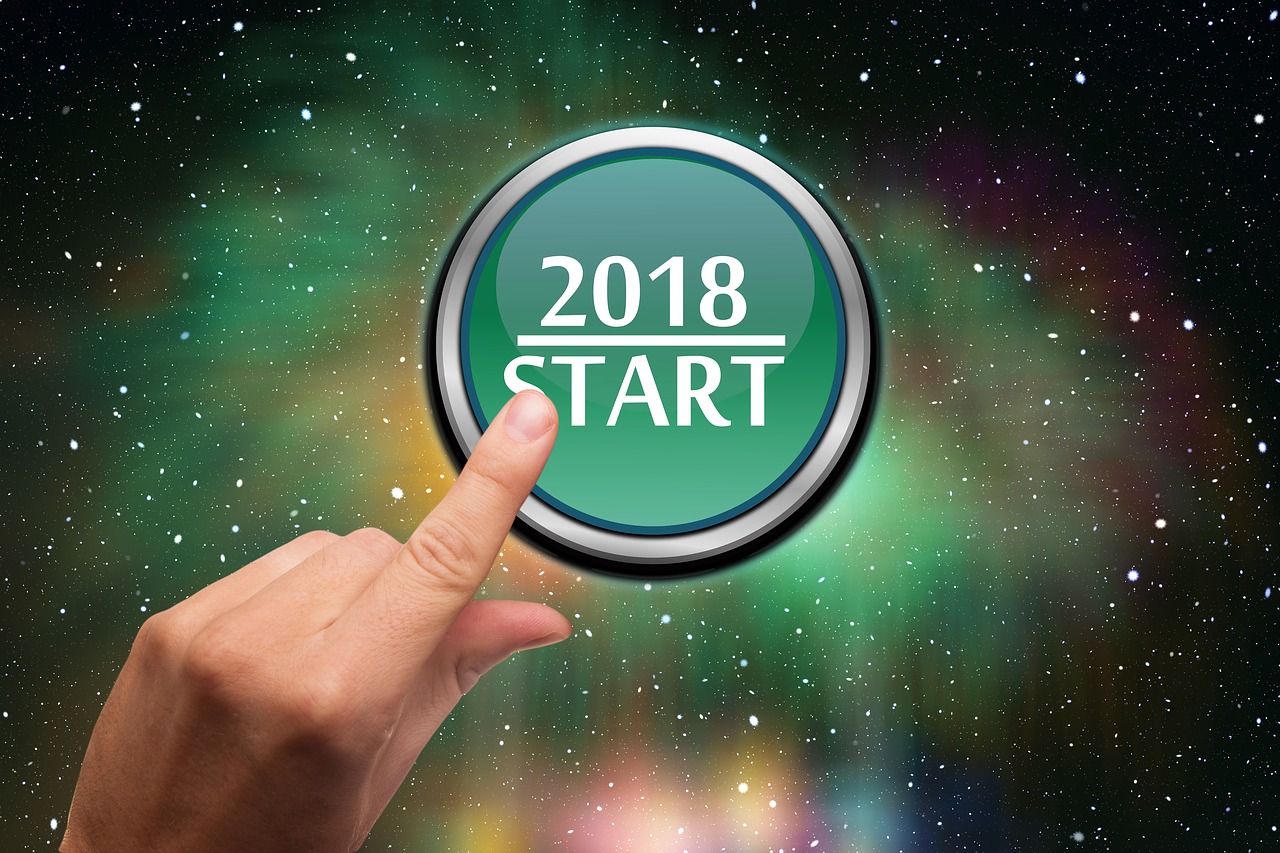2017 was packed with news and developments for our industry. We witnessed close to seventy national elections around the world.
Meanwhile, digital technologies, and the tech giants that developed them led headlines on election meddling, social media influence, political campaigning and voter engagement.
As a new, fresh year of opportunities and discussions begins, let’s review some of last year’s most trending issues in the election technology industry.

- Cybersecurity concerns. In the aftermath of the 2016 U.S elections, the issue of real and perceived cyber vulnerabilities in election systems gained relevance. During 2017, the fears of potential intrusion from foreign powers spread across France, Britain, Germany, and the Netherlands. Potential hacking, foreign influence (mainly Russian) and election cyberwarfare, gave material to countless debates in important think-thanks around the globe. Fortunately, experts worldwide have since issued valuable recommendations and guidelines on election cybersecurity.
- Social media’s role in elections. Reports showed how hackers, paid ‘opinion shapers’, and automated bots used Facebook and other social media platforms to sow doubt and dissension among voters. The ‘fake news’ phenomenon grew exponentially in 2017, becoming “The Word of the Year” according to Collins Dictionary. The 2017 Freedom on the Net report stated: “online manipulation and disinformation tactics played an important role in elections in at least 18 countries over the past year.” And the debate got stronger as evidence also showed governments increasing their efforts to manipulate information on social media.
- Blockchain for e-voting. Blockchain technology positioned remarkably well on the news and shared content (top three searches of the year). Moreover, for the industry, this recent technology has brought its own revolution. Blockchain as a platform for secure, auditable, verifiable and accessible election systems (i.e. used in e-voting) is now a reality. This is a fascinating discussion to follow as new voices continuously add their perspective.
- Big Elections. 2017 saw over seventy election events globally, many of which used electronic systems at some (or several) points of the election cycle. Leading world economies, such as the UK, Germany, France, Japan, and some localities in the U.S. headed to the polls.
- e-Democracy to counteract decline of voters’ trust. Last year, e-participation platforms nurtured and empowered voters’ engagement with policy-making, electoral debates, and representatives’ accountability. Digital technologies became the backbone of election campaigns, polling, voter education efforts and voter database management. It also reaffirmed its convenience in Election cycle critical processes (from biometric registration in Africa to counting and consolidating results in Europe, to e-voting in Estonia).
- Big data. Using predictive analytics in election technology services might still be in its infancy, but it is a growing (and potentially irresistible) trend. The ability to predict future behaviour based on current trends (especially big data analytics) could be handy for EMBs during several instances of the election cycle. Monitoring, understanding and predicting how voters, officers and all election stakeholders behave has already shown to be helpful to improve election products and services.
Election technology 2017’s trends